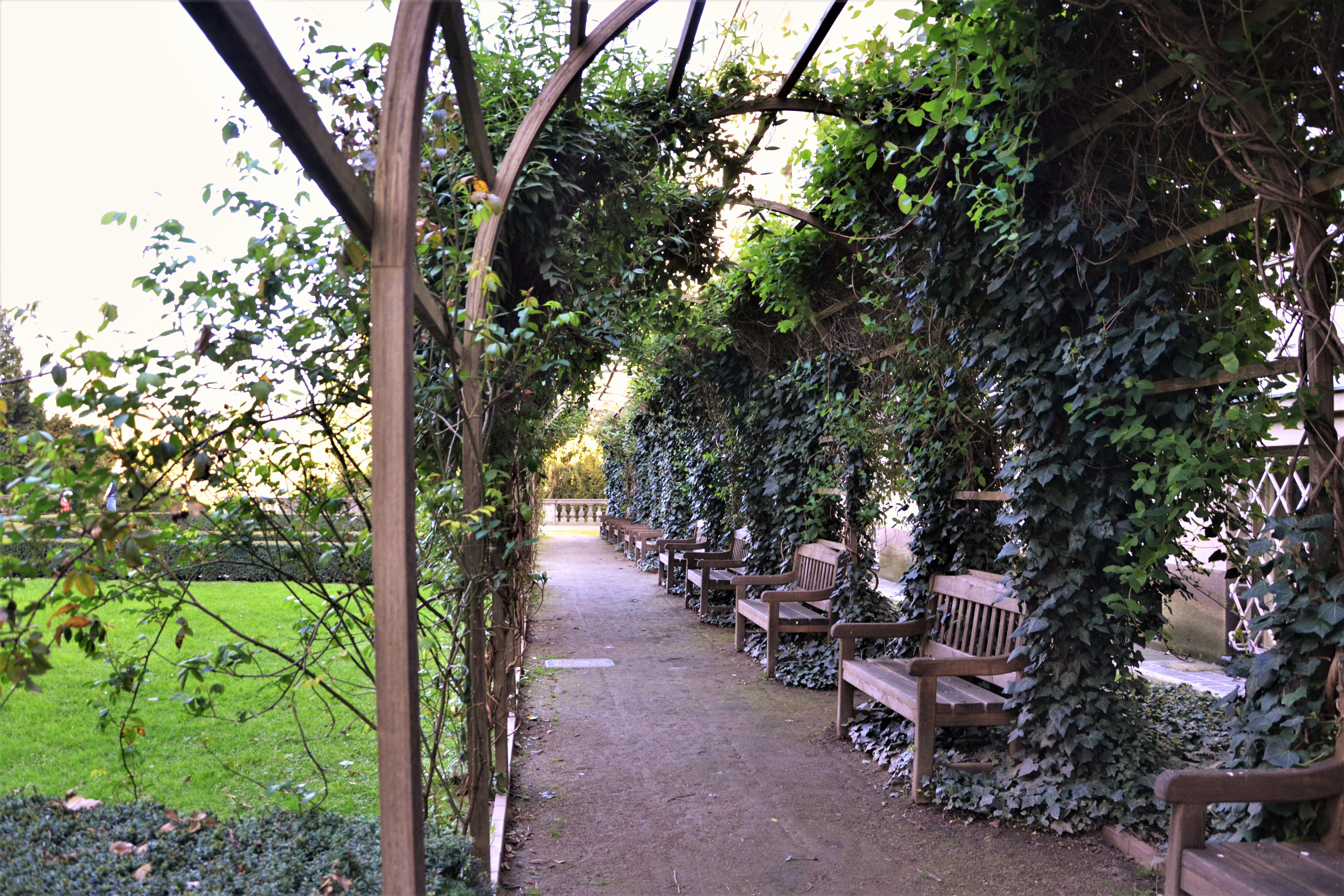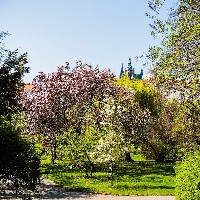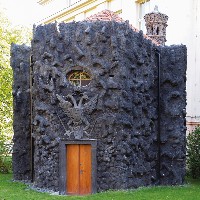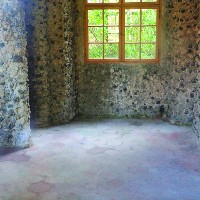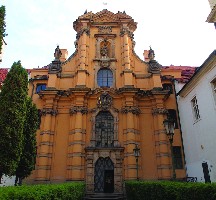Breadcrumbs navigation
Vojan Gardens (Vojanovy sady)
The garden is considered the oldest partially preserved garden in Prague. Its melancholy seems to have survived from the Middle Ages, when it was founded as a monastery garden. Here you can find peace from the bustle of the city, near a small lake in the shade of trees to rest on a bench and admire the stalactites decorate the chapel of St. Elijah with wall paintings and sundial from the 17th century. A wide staircase at the end of the garden leads to the observation terrace with benches and rose pergolas.
- garden
- children‘s playground
- free
Opening hours
-
- December – January
- Whole week
- 08.00 – 16.00
-
- February – March
- Whole week
- 08.00 – 17.00
-
- April – September
- Whole week
- 08.00 – 19.00
-
- October – November
- Whole week
- 08.00 – 17.00
Contacts
- Vojan Gardens (Vojanovy sady)
- U Lužického semináře 17
- 118 00 Praha 1 – Malá Strana
- +420221097411
Object history
The Vojanovy Gardens (Vojanovy sady) are considered to be the oldest partially preserved garden in Prague. They are a part of the former fruit garden, which originated simultaneously with demolishing an Episcopal court in 1248. At that time it was called after its owner Pytlíkovská or Flavínovská.
In 1653, Ferdinand III bought the garden together with an adjacent house for the Order of Carmelite Sisters. The Carmelites built a convent with a church of St. Joseph in the years between 1673 and 1690. The garden was established around the year 1670 and it served as a utility garden. In the 17th century they built an arcade wall with niches between the garden and the convent. At that time a chapel of St. Elijah was built in form of a stalactite cave with wall paintings – the scenes from the saint's life, the resurrection of souls and the purgatory. On the altar there is a statue of St. Joseph by Matouš Václav Jäckel. Originally, a corpse of St. Electa, the first Prioress of the Prague Carmelites, was buried there under this chapel. At present, her mummified remains are kept in the church of St. Benedict at Hradčany. In 1743 a Baroque chapel of St. Teresa of Ávila was built, which is decorated with a ceiling fresco by Karel Kovář from 1745, illustrating a legend about this saintess.
There is also a panoramic terrace with a niche in the gardens, on the terrace there are benches and pink pergolas, on one of the walls there is a very successfully restored sundial. The sundial is with a fresco painting and its main theme is the blessing reverend sister Mary Electa of Christ, the Prioress and the Superior of the Convent of the Discalced Carmelites. The sundial was established around the second half of the 17th century and in the 90s of the 20th century it has been restored.
The convent was abolished in 1782 and from 1783 it was assigned to the Sisters of Loreto who used the building up to the year 1921. Just in the 19th century the garden was partly remodelled in style of English park, with a pond and coniferous trees. After the establishment of the Republic, the convent complex was taken over by the Ministry of Finance that built new buildings in the garden.
The garden covers an area of 2.4 hectares. It was opened to the public in May 1954 and on that occasion it was named the Vojanovy Gardens to commemorate a famous Czech actor Eduard Vojan who lived and died near from here in Klárov.
As for the modern sculptures, there is placed A Sitting Woman by Jan Kodet from 1960 and Spring and Autumn by Jan Kavan from 1968. Several interesting trees grow there, such as ginkgo biloba, red common beech, white weeping willow and magnolia.
Information source: www.praha1.cz
